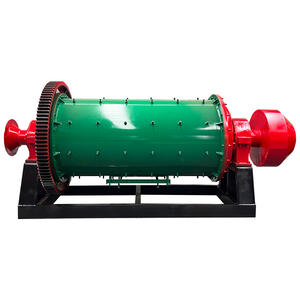Excavation operations can be dangerous, particularly when performed in confined spaces such as shafts or trenches. One of the most serious hazards in excavation operations is the risk of cave-ins, which can cause significant damage to personnel, equipment, and property. This hazard requires prompt recognition and effective response strategies to minimize its impact.
(The Most Serious Hazardous Factors in Excavation Operations: Recognition and Response Strategies)
Cave-ins occur when soil or debris shifts under pressure, creating a void or tunnel through the ground that leads to the opening of a hole. The formation of a cave-in can result from a variety of factors, including sudden changes in soil composition or pressure, soil compaction, and the presence of roots or cables beneath the surface. These factors can create an unstable ground condition that increases the risk of a cave-in.
To recognize the signs of a cave-in, engineers must pay close attention to the behavior of soil and debris. For example, if there is a sudden increase in water levels or if there is a shift in the direction of soil movement, it may indicate the presence of a cave-in. Additionally, it is important to monitor temperature and pressure changes in the surrounding area, as these can also indicate the presence of a cave-in.
Once a cave-in has been detected, the next step is to initiate an emergency response strategy. This typically involves the mobilization of emergency personnel, such as firefighters or rescue teams, and the use of specialized equipment such as cranes or winches to stabilize the soil and prevent further movement.
In addition to mobilizing emergency resources, engineers should also take steps to mitigate the potential damage caused by a cave-in. This may include removing debris or earth blocks that have fallen into the hole, and stabilizing any remaining soil or debris with reinforcement materials such as bales of hay or concrete.
(The Most Serious Hazardous Factors in Excavation Operations: Recognition and Response Strategies)
Overall, the most serious hazardous factor in excavation operations is the risk of cave-ins. However, with proper recognition and effective response strategies, engineers can minimize this risk and protect both personnel and property in the event of a cave-in. By taking proactive measures to identify and respond to potential cave-ins, engineers can ensure that their excavations remain safe and productive for years to come.


